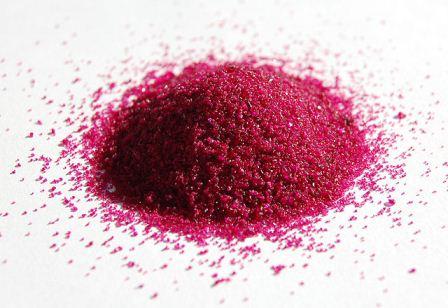

Reader Concern: I am allergic to cobalt and understand it is labeled as toxic in the U.K.
FGS Answer: When we think of cobalt, we think of the deep blue color it represents. But cobalt also shows up in such items as hair dyes, face paints and antiperspirant. Admittedly, I have not done much research on cobalt to this point. While it is a relatively vast subject, this is the sum-up.
The cobalt we are talking about here is cobalt chloride, sometimes used in hair dye to produce lighter shades of brown. It also turns up in other cosmetics, usually as a contaminant from inorganic minerals. Cobalt chloride has a hazard rank of 9 in the EWG Skin Deep Database and is banned for use in cosmetics by the European Union.
Allergic reaction to cobalt is not that uncommon, and since cobalt and nickel are almost always found together, it is wise to avoid both metals. These two metals, and also lead, are sometimes found in cosmetics as contaminants. As we know from our earlier discussion on contaminants in cosmetics, this means they will probably not be listed on the product label. To best avoid cobalt (and other harmful contaminants) follow brands dedicated to safety in cosmetics. I have a long list on my blog, Organic Beauty Source, and am constantly adding to it.
If cobalt is used as an ingredient, say in hair dye or antiperspirant, you may be able to identify it by one of its synonyms: Cobalt Dichloride, Cobaltous Chloride, Cobalt Chloride (Cocl2) , Cobalt Dichloride, Cobalt Muriate, Cobaltous Chloride, Cobaltous Dichloride.
A safer alternative to toxic hair color (including those free from harmful metals, like cobalt) is a question I am asked frequently. I will investigate some options I have found and let you know what is up with that in the near future.
If you have further questions on cobalt, or have further information, please leave a comment below.

